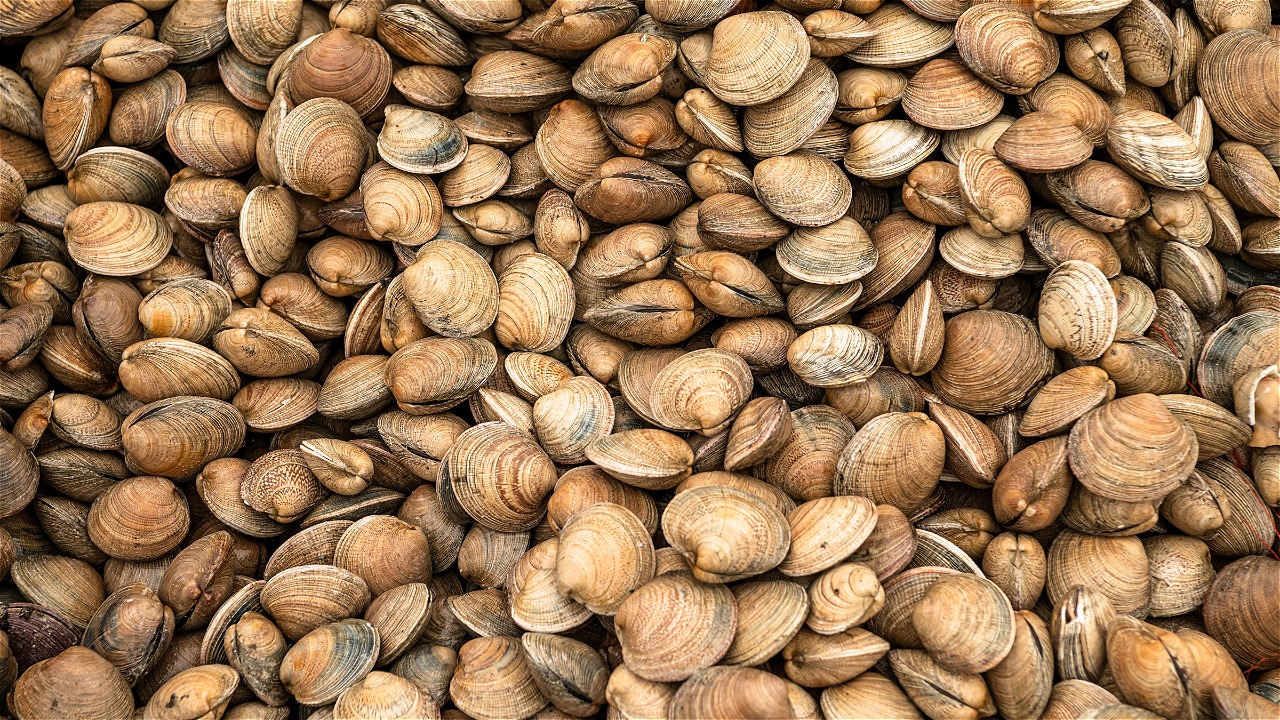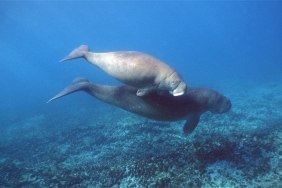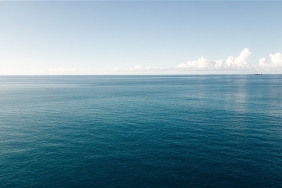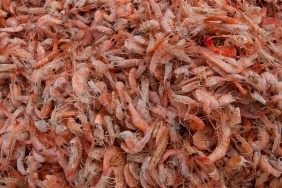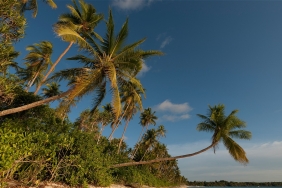TRACING THE HISTORY OF CLAM FISHING IN BANJAR KEMUNING
By: Fransiska Sonya Puspita (Capture Fisheries Assistant)
Banjar Kemuning Village, Sidoarjo Regency is one of the villages located in the coastal area. Utilization of marine products has become a daily activity of the people in Banjar Kemuning Village. Fishing activities that continue to be carried out without realizing it have an impact on the existence of fishery resources themselves such as a decrease in catches.
WWF-Indonesia in collaboration with the Faculty of Fisheries and Marine Sciences of Universitas Airlangga conducted data collection on historical catch of feather clam (Anadara ovalis) caught using garit fishing gear in Banjar Kemuning Village on January 13-16, 2017. This activity was conducted by involving six students from Universitas Airlangga and Universitas Trunojoyo Madura. With the aim of reconstructing clam fishing activities in a certain time as the basis for the analysis of Harvest Control Rules (HCR), data collection of historical catch was conducted using the in-depth interview method (depth interview) with 50 fishermen of Banjar Kemuning Village.
The waters of Sidoarjo Regency are not only a source of livelihood for fishermen in Banjar Kemuning Village, but also for fishermen from other districts looking for shellfish. According to information obtained, fishermen from Pasuruan Regency are the ones who catch the most clams in Sidoarjo Waters. As a result, the presence of scallops in Sidoarjo Waters is decreasing, so on January 17, 2017 the team conducted data collection on historical catch for 23 respondents in Kalirejo Village, Pasuruan Regency.
From the interviews conducted, it was found that many changes have occurred since the clam fishing activity began until now. Changes can be seen from the size of the boat, the fishing gear used and the fishermen's catch every day. On average, fishermen replace the boat with a larger size equipped with a motor. The fishing gear used changed from wood to iron, then to stainless steel. The change in the structure of the fishing gear is done so that the fishing gear can be used longer and minimize maintenance costs.
In addition, in the last 50 years, there have been changes in catches and changes in clam size. According to one fisherman, the catch of fishermen decreased in 2014-2015 compared to the previous year. The lean season made fishermen switch to catching fish and shrimp. This is also suspected to be due to uncontrolled fishing. The smaller size of the clams is thought to be due to the clams having to reproduce early as a result of fishing pressure. This then resulted in fishermen not being able to target the export market, so fishermen only sold clams to the local market.
"I used to be able to get a ton of clams every day, but now 100 kg is the most and the size is smaller than what was previously caught," said Mr. Naim, a fisherman from Banjar Kemuning when interviewed.
The extinction of clam resources will occur as a result of uncontrolled fishing. Therefore, it is necessary to have a regulatory scheme to control HCR harvesting. As a follow-up to this activity, Universitas Airlangga will coordinate the preparation of this HCR and be supported by all relevant stakeholders. It is hoped that the results can be taken into consideration in developing a management plan for clam fisheries in Sidoarjo Regency.

